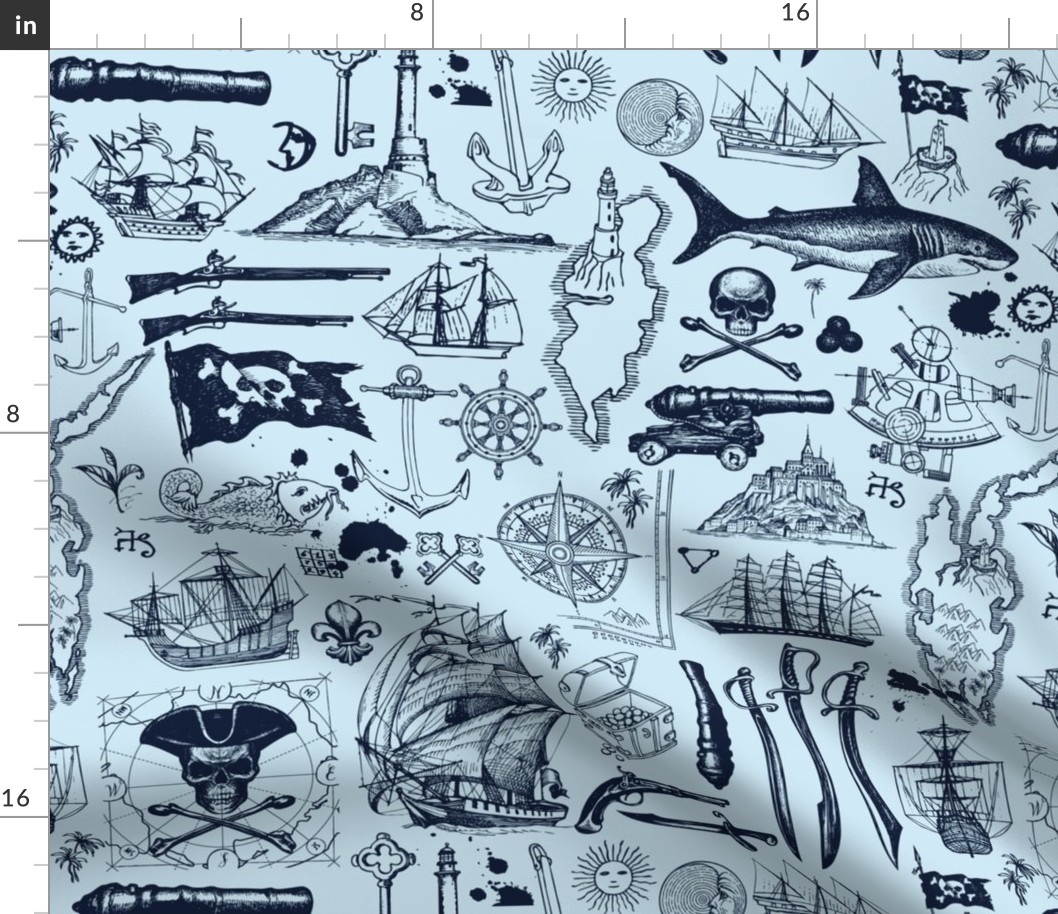The vast oceans have always been a stage for human drama, from epic voyages of discovery to fierce battles for power and treasure. At the heart of this maritime narrative lies a compelling dichotomy between two groups: the guardians of the seas and the pirates. This article will explore their historical contexts, motivations, and the ongoing struggle between lawlessness and order on the high seas.
The Historical Context of Piracy

To understand the modern implications of piracy, one must delve into its storied past. Piracy has existed for thousands of years, with some of the earliest records dating back to the ancient Mediterranean. The motivations for piracy have evolved, but they often revolve around economic gain, political rebellion, or survival. Here’s a brief overview of the evolution of piracy:
- Ancient Times: Early pirates were often fishermen turned raiders, preying on merchant ships in the Mediterranean.
- The Golden Age of Piracy (1650-1730): This period saw the rise of infamous pirates like Blackbeard and Captain Kidd, who terrorized the Caribbean and American coasts.
- Modern Piracy: While traditional piracy has declined, modern piracy has surged, particularly off the coast of Somalia and in the Gulf of Aden.
The Guardians of the Seas
Guardians of the seas are typically represented by naval forces, coast guards, and international maritime organizations. Their primary objective is to maintain order, protect maritime trade, and ensure the safety of seafarers. Some of the key players include:
- Naval Forces: Countries maintain navies to protect their interests and to combat piracy. For instance, the U.S. Navy conducts anti-piracy operations in strategic waters.
- International Organizations: Institutions like the International Maritime Organization (IMO) create regulations aimed at improving maritime safety and security.
- Coast Guards: National coast guards are crucial in patrolling territorial waters and preventing illegal activities.
The Modern Face of Piracy
Modern piracy has adapted to the changing dynamics of global trade and technology. Unlike the romanticized pirates of the past, today’s pirates are often armed and organized. The International Maritime Bureau (IMB) reported a significant increase in piracy incidents in recent years, particularly in regions such as:
- Somalia: The waters off the Somali coast have been notorious for piracy, affecting international shipping routes.
- The Gulf of Guinea: This region has overtaken Somalia as the world’s piracy hotspot, with kidnappings for ransom becoming more common.
- Southeast Asia: Piracy remains a persistent threat to shipping lanes in the Malacca Strait.
Motivations Behind Piracy

Understanding why piracy persists in today’s world is crucial. Several factors contribute to individuals turning to piracy:
- Poverty: Many pirates come from impoverished communities with limited economic opportunities.
- Political Instability: In regions where governments are weak or corrupt, piracy can flourish as a means of rebellion or survival.
- Globalization: Increased shipping routes and trade have made maritime targets more accessible.
Counter-Piracy Measures

In response to the rising tide of piracy, various countermeasures have been implemented globally. These strategies involve cooperation among nations and the use of technology:
- Naval Patrols: International naval coalitions, such as the Combined Maritime Forces, conduct patrols in high-risk areas.
- Legal Frameworks: Countries are strengthening laws against piracy and enhancing legal cooperation to prosecute pirates effectively.
- Ship Security Measures: Shipping companies are investing in anti-piracy technologies, such as armed guards and secure ship designs.
Case Studies: Successful Counter-Piracy Operations

Several notable case studies illustrate effective counter-piracy operations:
- Operation Ocean Shield: Launched by NATO in 2009, this operation aimed to deter piracy off the Somali coast. It involved naval patrols and the protection of merchant vessels.
- European Union Naval Force (EUNAVFOR): The EU’s Atalanta mission successfully reduced piracy incidents by providing naval escorts for vulnerable ships.
- Private Security Firms: The increasing use of private armed security on merchant vessels has proven effective, leading to a significant decrease in successful pirate attacks.
The Role of Technology in Maritime Security
Advancements in technology play a pivotal role in combating piracy. Some of the key technologies include:
- Satellite Surveillance: Monitoring ships and identifying suspicious activities from space enhances situational awareness.
- Drone Technology: Drones are being used for aerial surveillance of high-risk areas, allowing for rapid response to potential threats.
- Automated Identification Systems (AIS): These systems help track vessel movements and identify potential pirate ships.
The Future of Maritime Security
The battle between guardians and pirates is far from over. With the increasing complexity of global trade and the continuing prevalence of piracy, several trends are likely to shape the future of maritime security:
- Increased International Cooperation: Countries will need to work together more closely to share intelligence and develop effective countermeasures.
- Focus on Root Causes: Addressing the socioeconomic factors that lead to piracy will be essential for sustainable solutions.
- Continued Technological Innovation: Emerging technologies will play a crucial role in enhancing maritime security.
The high seas continue to be a battleground where guardians and pirates vie for control. The historical context of piracy provides valuable lessons on the motivations behind these acts of lawlessness. While modern piracy presents significant challenges, coordinated efforts among nations, advancements in technology, and a focus on addressing root causes can pave the way for a safer maritime environment. As we navigate this complex landscape, the ongoing struggle between guardians and pirates serves as a reminder of the delicate balance between order and chaos on the high seas.